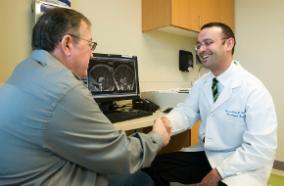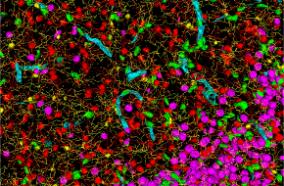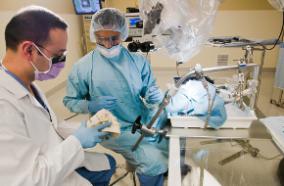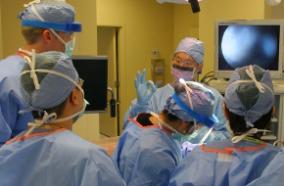Monitoring of ammonia in marine waters using a passive sampler with biofouling resistance and neural network-based calibration.
Monitoring of ammonia in marine waters using a passive sampler with biofouling resistance and neural network-based calibration.
Environ Pollut. 2020 Dec;267:115457
Authors: O'Connor Šraj L, Almeida MIGS, Sharp SM, McKelvie ID, Morrison R, Kolev SD
Abstract
A biofouling resistant passive sampler for ammonia, where the semi-permeable barrier is a microporous hydrophobic gas-diffusion membrane, has been developed for the first time and successfully applied to determine the time-weighted average concentration of ammonia in estuarine and coastal waters for 7 days. Strategies to control biofouling of the membrane were investigated by covering it with either a copper mesh or a silver nanoparticle functionalised cotton mesh, with the former approach showing better performance. The effects of temperature, pH and salinity on the accumulation of ammonia in the newly developed passive sampler were studied and the first two parameters were found to influence it significantly. A universal calibration model for the passive sampler was developed using the Group Method Data Handling algorithm based on seawater samples spiked with known concentrations of total ammonia under conditions ranging from 10 to 30 °C, pH 7.8 to 8.2 and salinity 20 to 35. The newly developed passive sampler is affordable, user-friendly, reusable, sensitive, and can be used to detect concentrations lower than the recently proposed guideline value of 160 μg total NH3-N L-1, for a 99% species protection level, with the lowest concentration measured at 17 nM molecular NH3 (i.e., 8 μg total NH3-N L-1 at pH 8.0 and 20 °C). It was deployed at four field sites in the coastal waters of Nerm (Port Phillip Bay), Victoria, Australia. Good agreement was found between molecular ammonia concentrations obtained with passive and discrete grab sampling methods (relative difference, - 12% to - 19%).
PMID: 32889515 [PubMed - indexed for MEDLINE]



















